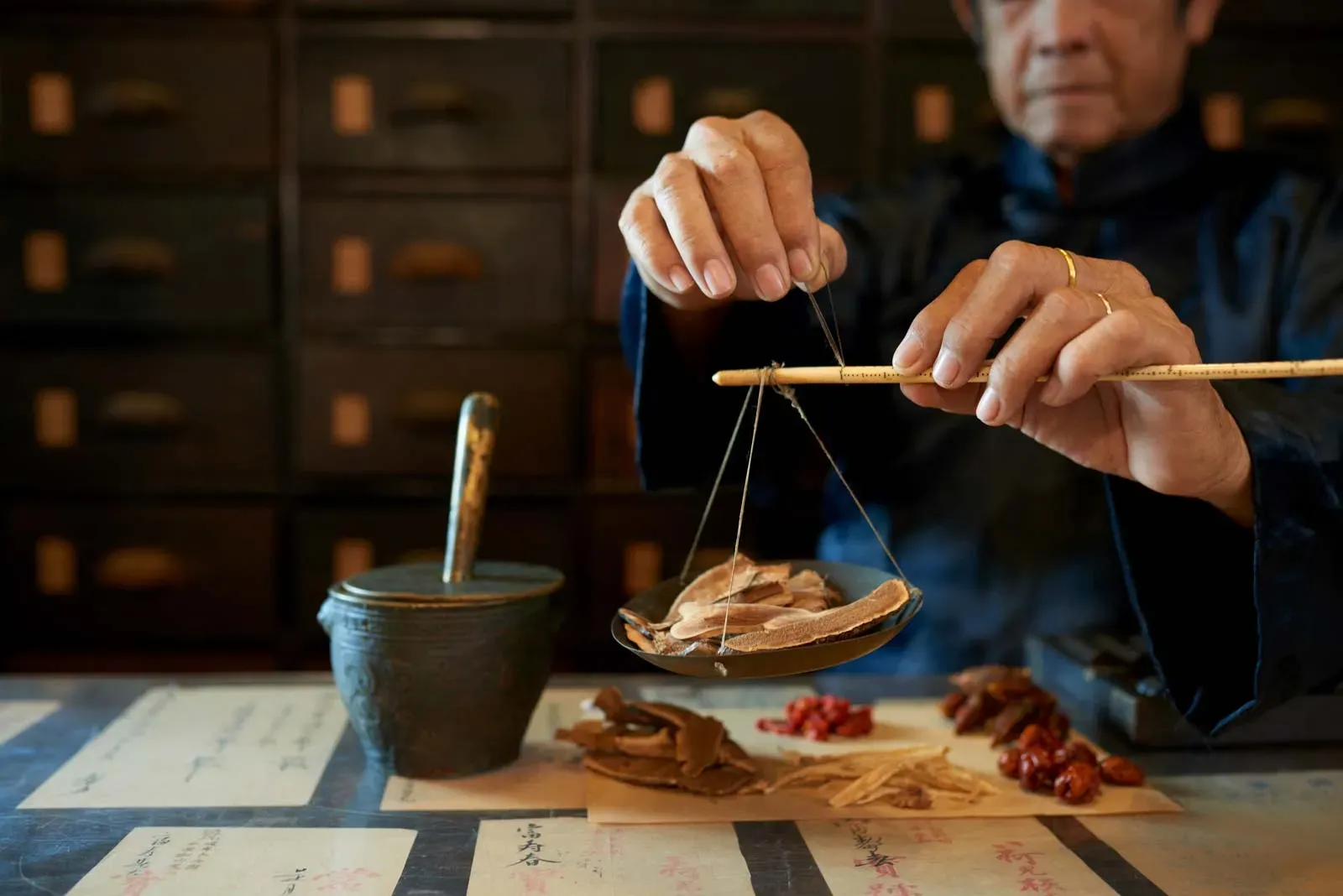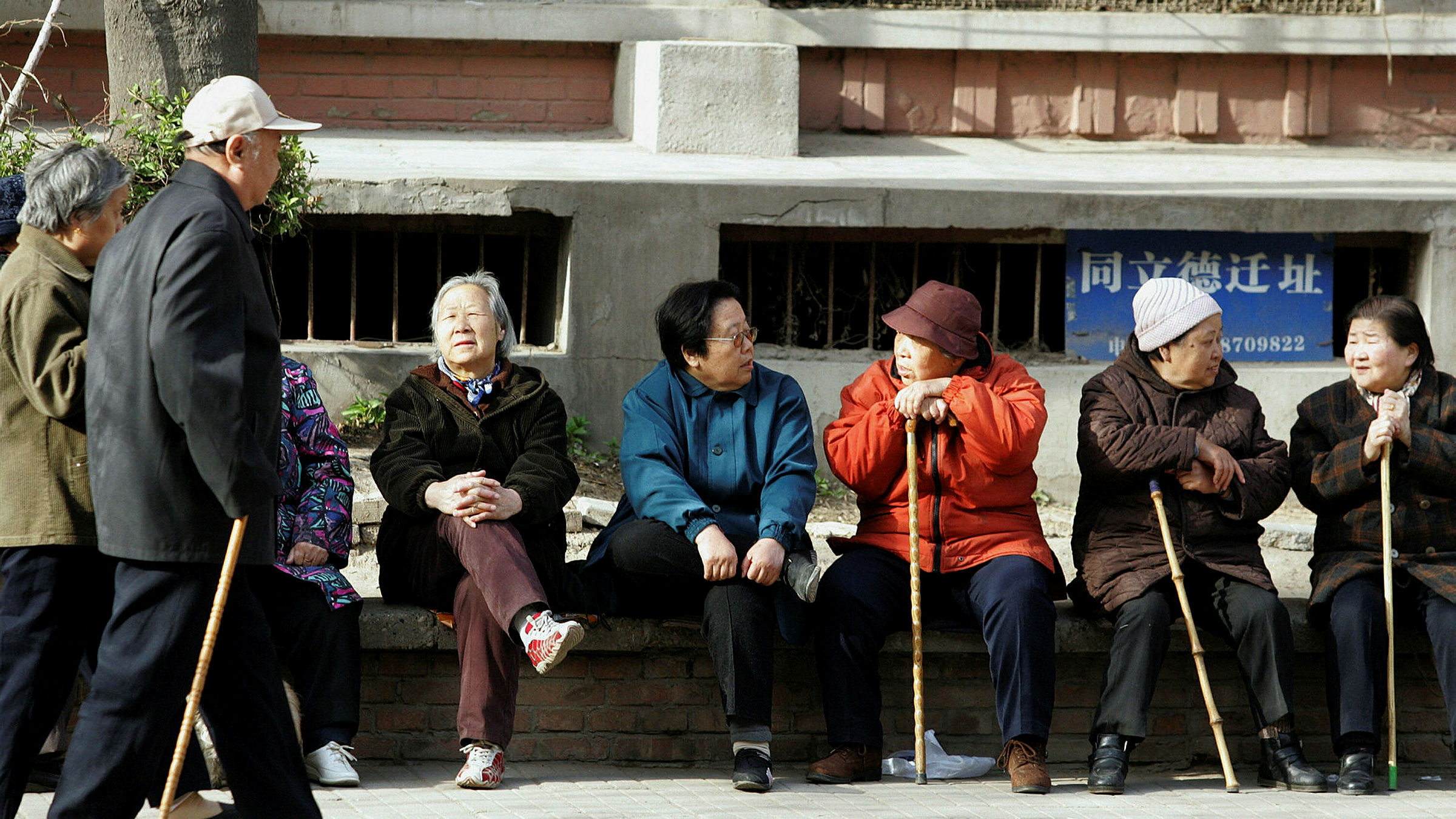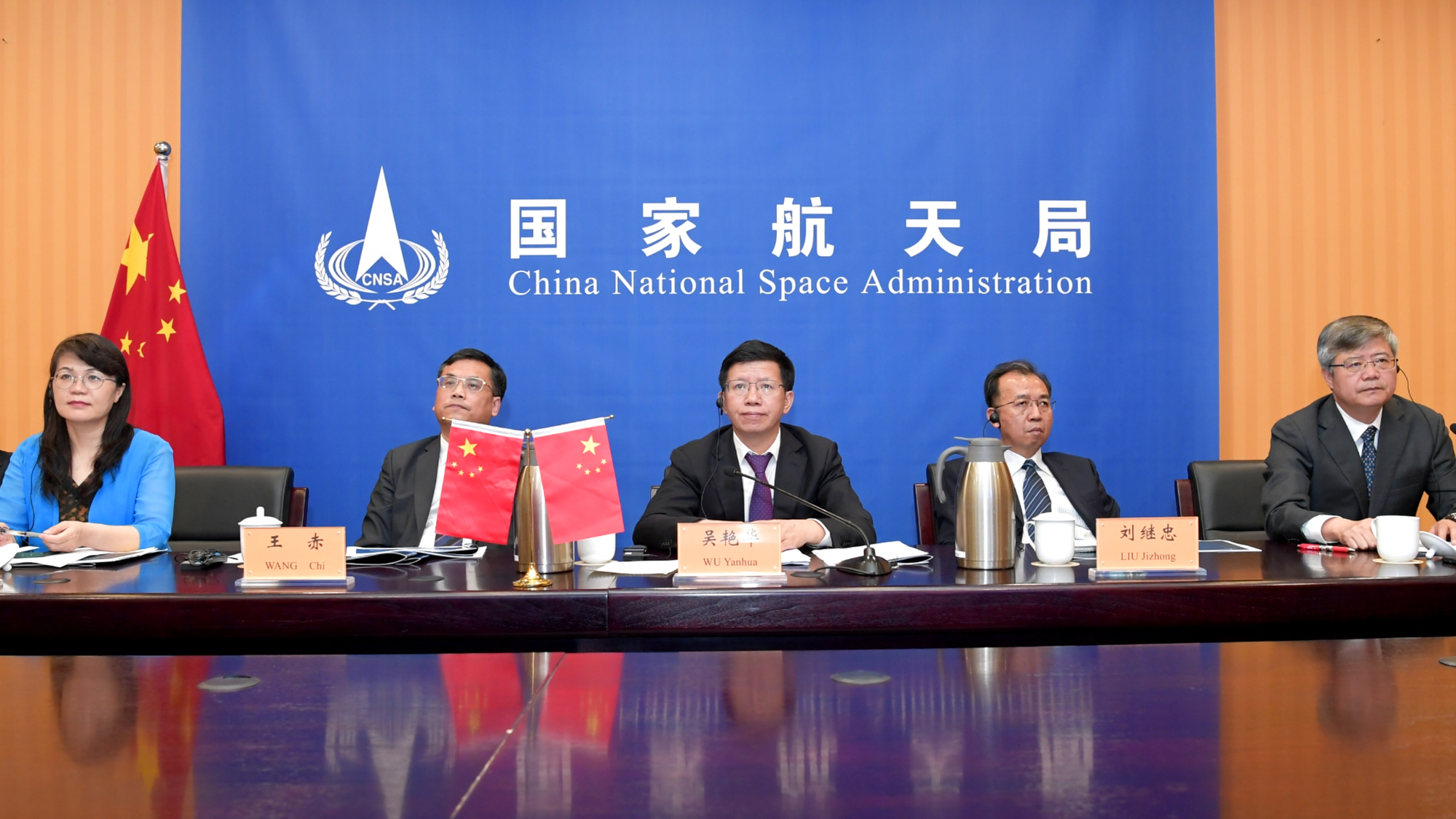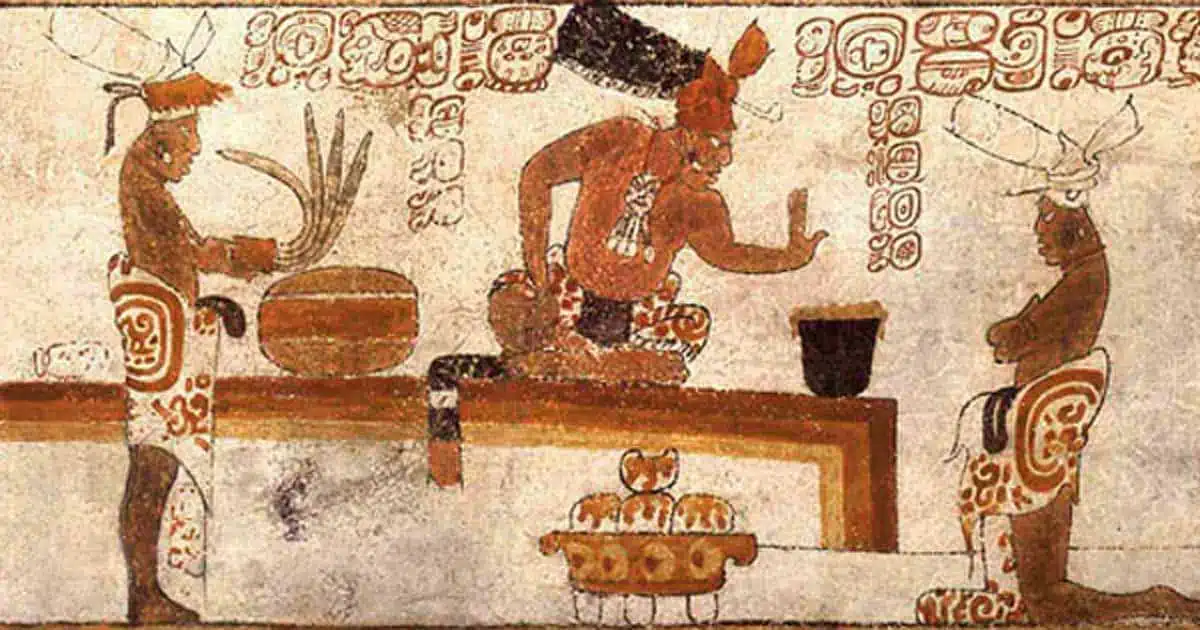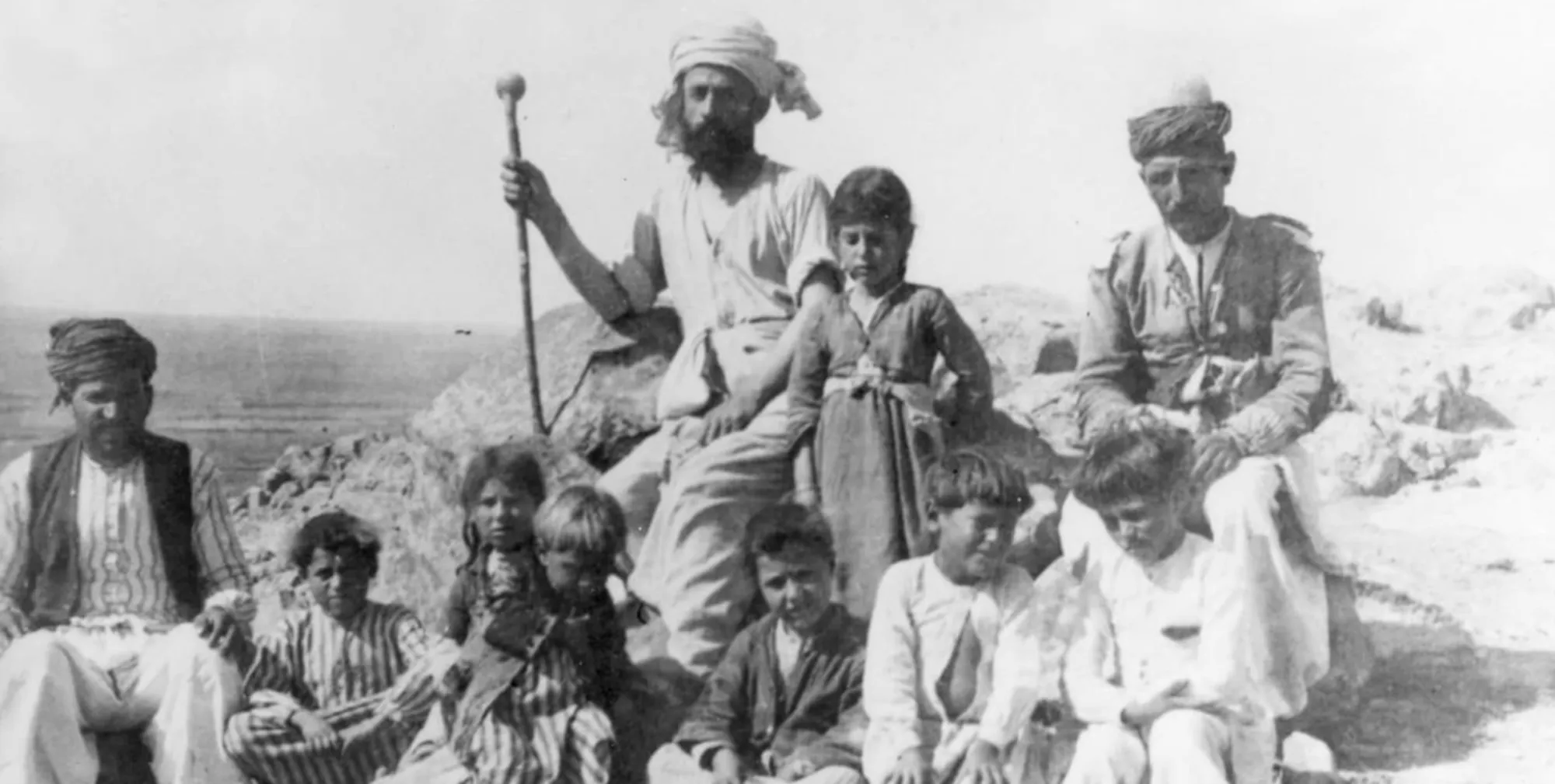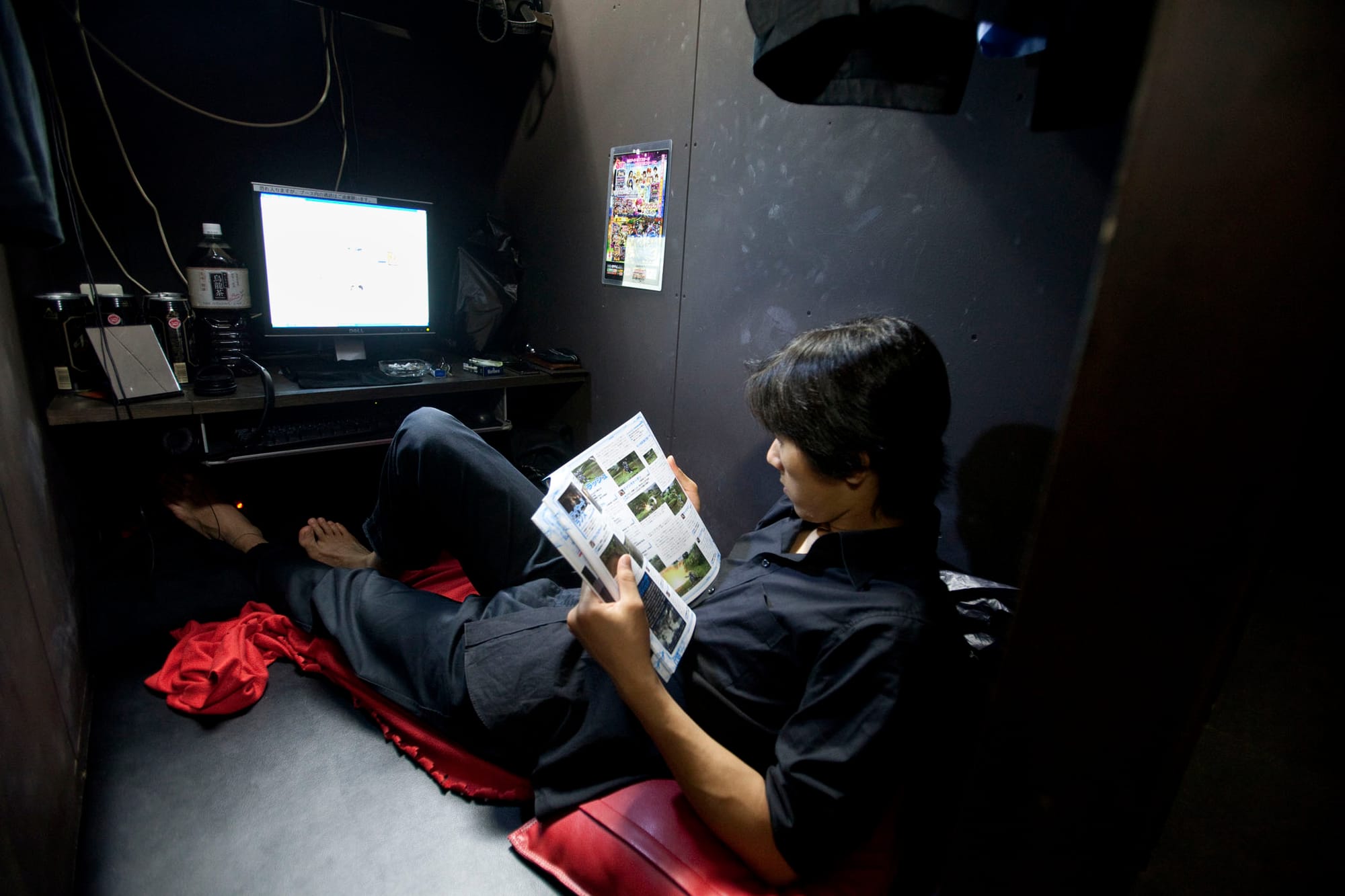Traditional Chinese Medicine (TCM) is an alternative medical practice stemming from ancient Chinese medicine, practiced and used for over 2000 years. The key feature of TCM is based on the belief of yin and yang, two opposing energies, which make one feel relaxed and full of energy when in balance, and impact one's health negatively when imbalanced.
Historically, TCM goes as far back as 200 BCE. Initially, acupuncture and Chinese herbal remedies were used to treat patients who were believed to have an imbalance of the two complementary forces: yin (passive) and yang (active). By using these practices, a dynamic balance would be restored, happening when there is a sense of harmony that exists between these forces. The emperor Shennong (神農) was the main force in the discovery of and uprise in the usage of TCM, providing important contributions owing to his rigorous study of herbs. This devotion led to him writing 'Shen-nung pen ts’ao ching' ('Divine Husbandman’s Materia Medica'). In this book, 365 medicines, derived from minerals, plants, and animals, are mentioned.
Aside from the two complementary forces, another key central feature of TCM is the concept of Qi (energy). It represents the vital energy that circulates around the body, being the essence of life. However, in TCM it is not only a physical force of energy, but an emotional and spiritual one too. Qi is essential to the balance and harmony of the body and mind. Therefore, free flow of Qi is imperative in order to maintain good health. Blockages and imbalances in the flow of Qi can lead to various health complications. To prevent this, TCM practitioners use several techniques including acupuncture, herbal medicine, tai chi and qi gong. The traditional Chinese diet also plays a huge part in maintaining the balance of Qi. For example, warm foods such as garlic, ginger, and onions can enhance Yang Qi, while cooling foods such as lettuce, cucumber, and fruits can help regulate excess heat in the body.
In modern times, TCM is frequently used all around China, ranging from moxibustion to cupping. In fact, there are roughly 13,000 Medicinals used in China, and over 100,000 medicinal prescriptions recorded in ancient literature. However, the most famous TCM is without a doubt acupuncture, which is currently used in 113 countries, of which it is legislated in 45 countries. In acupuncture, thin needles are inserted into the body, often used to relieve pain, but they can be used for a wide range of other conditions. It is believed that these five to twenty inserted needles stimulate the central nervous system, releasing chemicals that may promote physical and emotional wellbeing.
Of course, with the existence of ‘western medicine’ there is controversy surrounding the usage of TCM, due to the lack of scientific evidence that any of it has benefits, or rather more benefits than detriments. Even though a lot of its claims are argued to be pseudoscientific, it is still used frequently in China and around the world, with many people very satisfied with the application of traditional Chinese medicine.
